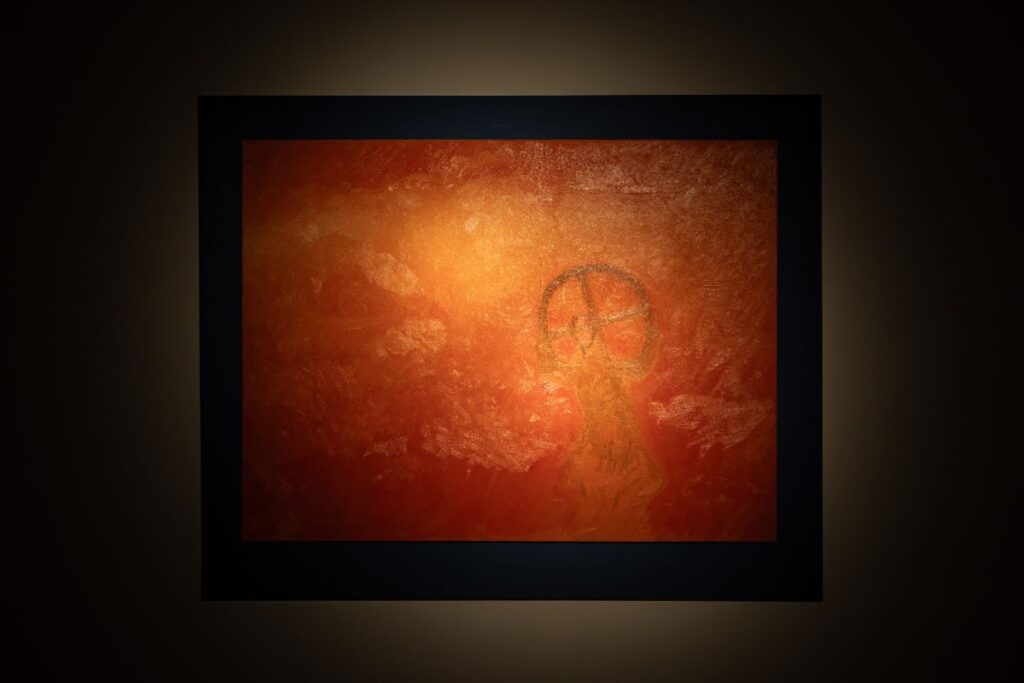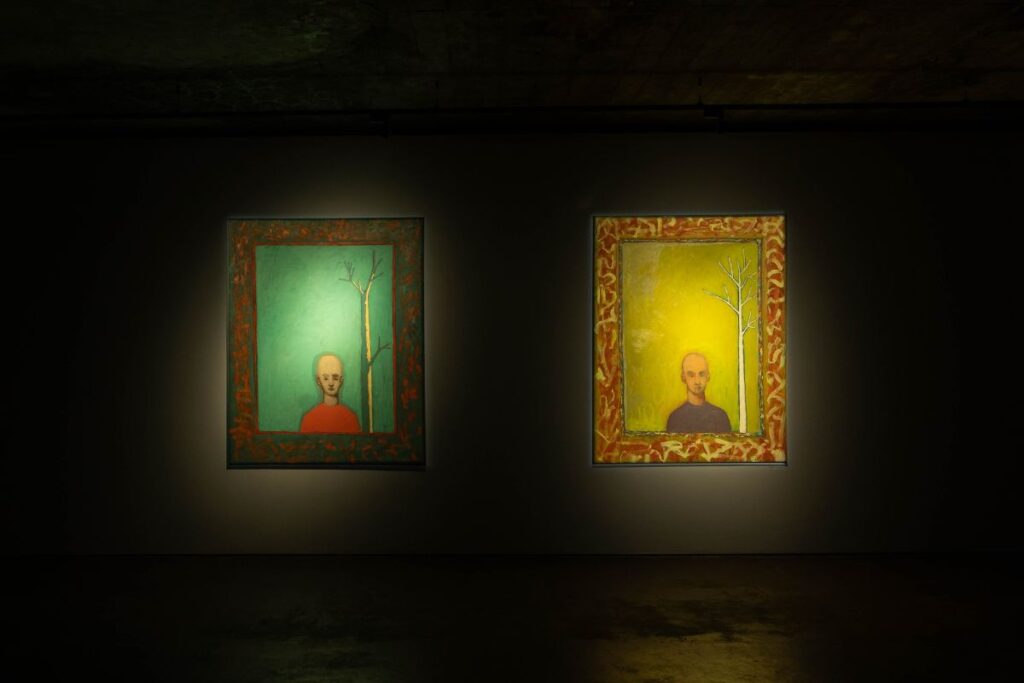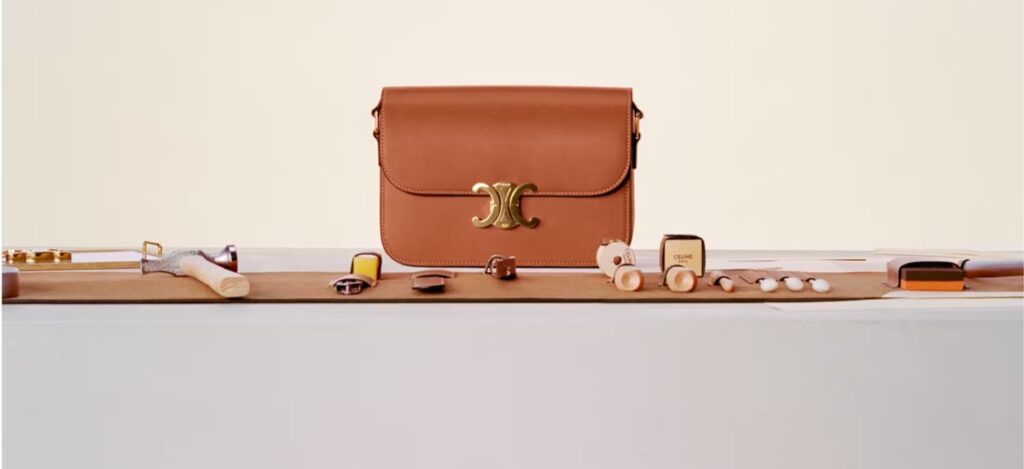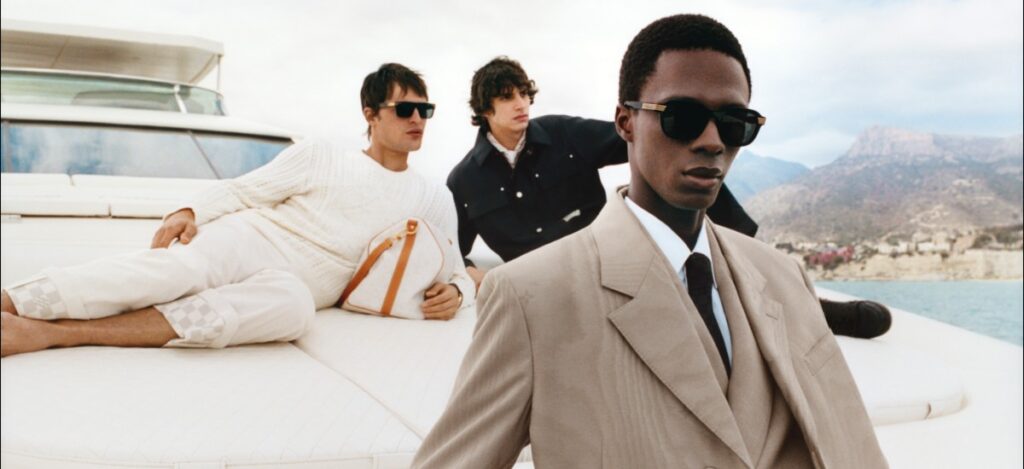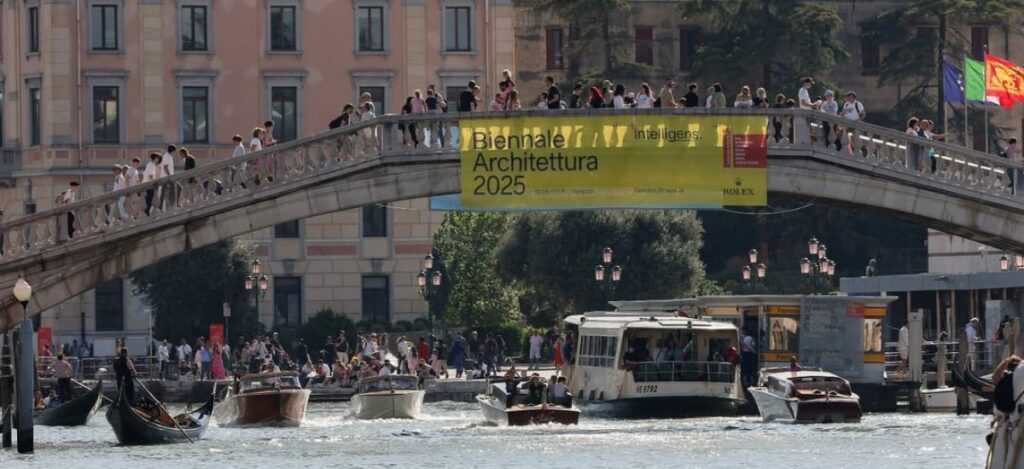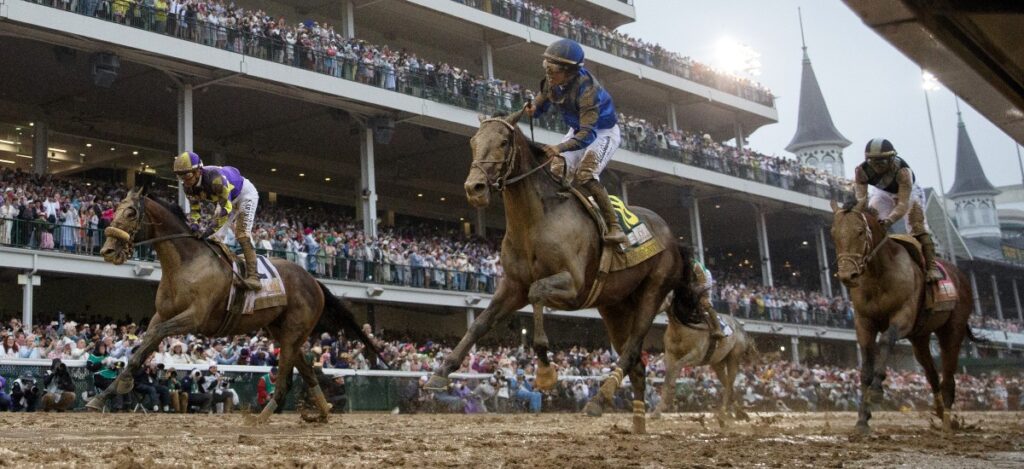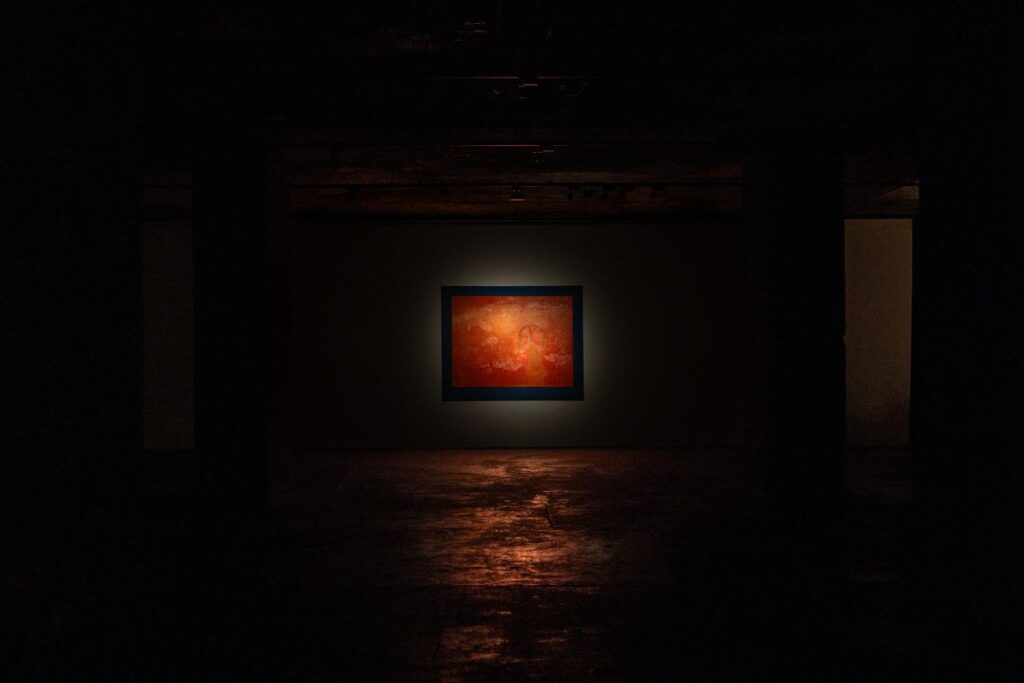When Alexander Graf von Schlieffen says he’s mapping the “Earth‑to‑Air epoch shift” onto canvas, he isn’t speaking metaphorically.
The Düsseldorf‑bred artist, who splits his time between studio and horoscope consultancy, claims planetary cycles affect not only our tech habits but the hues we crave, the forms we trust.
Starting March 13, 2025, Berlin’s Feuerle Collection turns that thesis into a four‑chapter experience—equal parts gallery showcase, observatory, and esoteric classroom.
Housed in a Brutalist WWII telecommunication bunker repurposed by collector‑curator Désiré Feuerle, the museum is famed for its moody lighting, 7th‑century Khmer bronzes, and a subterranean “Lake Room.”
For this project, Feuerle activates the Silk Room, normally reserved for Chinese imperial textiles, draping it in soft light that recalls candlelit salons where Renaissance astrologers once cast horoscopes for dukes.


